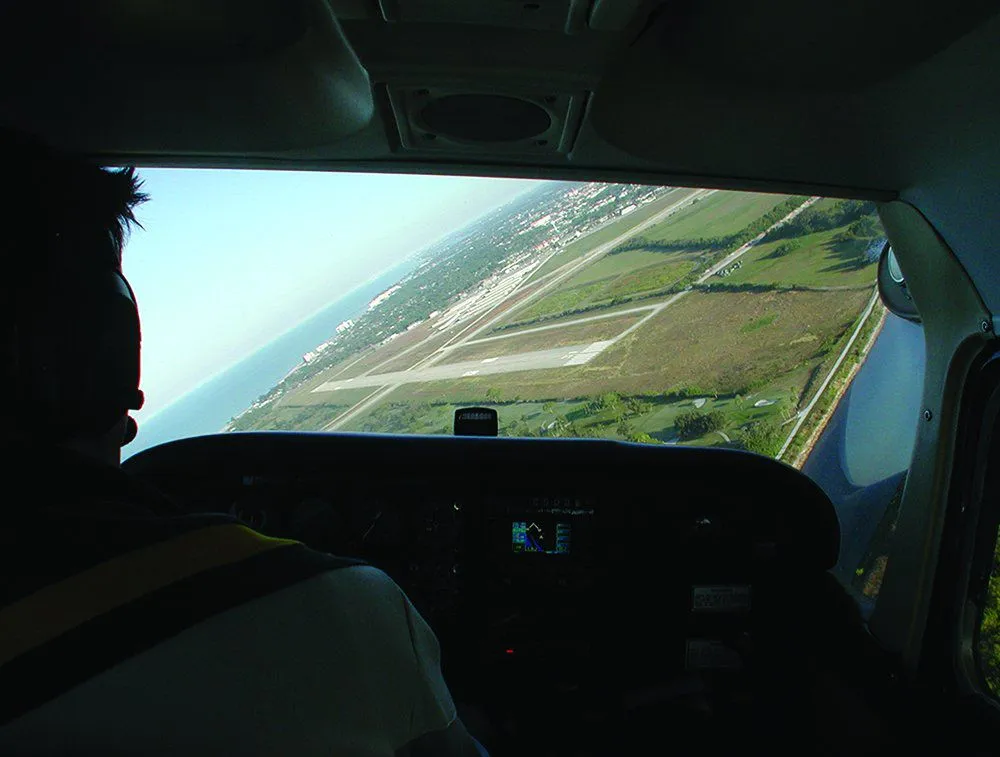Can We Finally Prove The Impossible Turn Isn’t Impossible?
If ever a horse was reduced to molecular pulp post-mortem, that would be the runway turnback maneuver. Somewhere during this endless rehashing, it has become known as “the impossible turn.” Why this is so is somewhat baffling given that any number of authors, instructors and illustrious experts have proved that it’s anything but impossible. But sometimes it is and when it is, a smoking crater is often the result.
Now comes EAA with a new team to study the problem one more time with an eye toward possibly incorporating this training into private pilot and sport pilot training. Do we really need to rehash this one more time? Yeah, maybe, if only to produce some fresh data-driven study to once and for all stamp out the idea of the impossible turn. It was never impossible. Maybe difficult at times, ill-advised at others, but “impossible” encourages lowest common denominator thinking that, in turn, stifles development of higher piloting skills.
Just based on the initial announcement, it sounds like EAA has and will devote sufficient resources to cast some new light on this subject. In this presentation, former astronaut Charlie Precourt, EAA’s vice-chairman who will lead the study group, presented preliminary data on turnbacks. If the conclusion follows these findings, it will be that turnbacks are a bad idea. I have researched the issue several times myself, but journalistic forays into this thicket are necessarily shallow and conclusions rest on limited examination. We’ve seen a handful of demonstrations on how this maneuver can be trained, set up and executed. AOPA’s Air Safety Institute recently did this video on real world performance of turnbacks. I’ve corresponded with Brian Schiff on this topic and he’s done some excellent analysis published in this paper. In 1982, future astronaut Brent Jett did this study at the Naval Academy, under the guidance of veteran instructor David Rogers.
So perhaps we can once and for all dispense with the idea that the turnback maneuver isn’t a doable thing. It clearly is. What EAA can do, if this is done right, is to dig into the outcomes. Where and why have these attempts failed? And where and why have they succeeded? In my own research, the latter proved difficult to pin down because the success stories don’t necessarily make it into accident record, although the fatal accidents definitely do. This skews the argument against the turnback with data that’s biased in ways we don’t understand. A research project with more resources may be able to flesh this out. If so, it would be helpful.
Further, a realistic assessment of outcomes can inform training standards and recommendations. And perhaps we can dispense with the knee-jerk notion that pilots are too poorly trained or under-skilled to even attempt a turnback, landing straight ahead even if what’s ahead is the worst landing site imaginable.
From my own research on this topic, I remain agnostic. I think the turnback is viable and even superior in some circumstances, so I have never ruled out considering it or teaching it. But I’m not an acolyte of the method because if a pilot hasn’t trained it and analyzed the unique circumstances of the takeoff, we know by tragic experience that the outcome can be a fatal crash.
I hope EAA’s approach reveals enough additional crash data so we can understand the demonstrated risk in numerical terms. Heretofore, it has been colored by too much emotionalism.




Ingen kommentarer:
Legg inn en kommentar
Merk: Bare medlemmer av denne bloggen kan legge inn en kommentar.